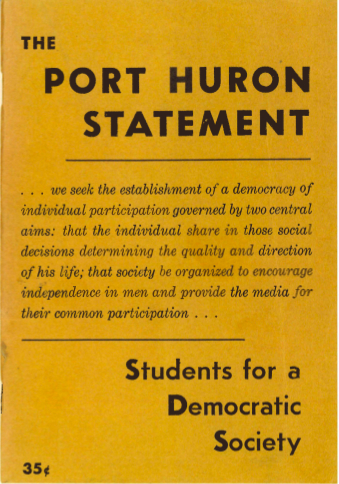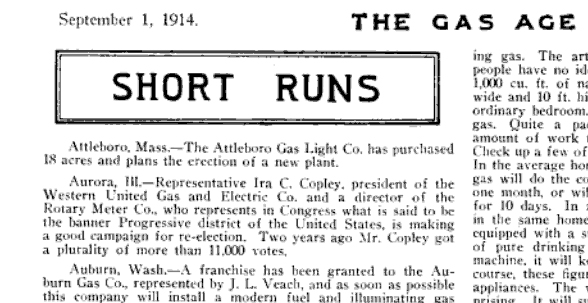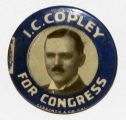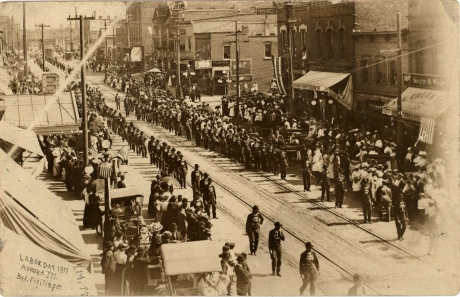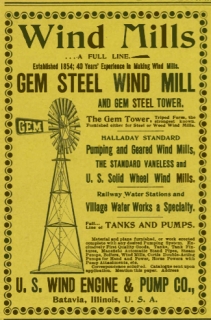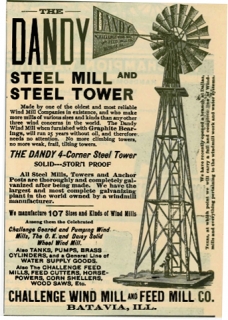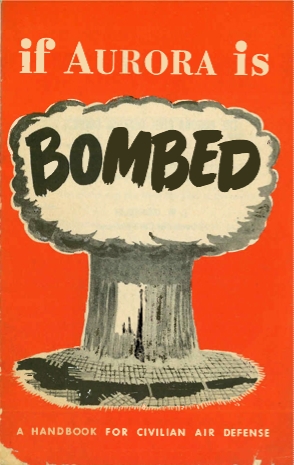So I just got done reassuring a friend that this was no doubt a freak incident and then I found this on the USGS website.
1909 Jun 26 14:42 5.1M Intensity VII
Aurora, Illinois ( 41.6N 88.1W )
This earthquake has been related to the La Salle anticline in the Illinois Basin. Many chimneys fell, a stove overturned, and gas line connections broke at Aurora, west of Chicago. Several chimneys were downed at Forreston, Naperville, Streator, Triumph, and Troy Grove, and one fell at Waukegan. Brick walls cracked at Bloomington, and sidewalks cracked and many chimneys were damaged at Freeport. At Platteville, Wis., about 130 km northwest of Chicago, an old building was cracked; houses were jostled out of plumb at Beloit, Wis., about 240 km northwest of Chicago. Felt from Missouri to Michigan and Minnesota to Indiana.
and this
1912 Jan 2 16:21 4.5M Intensity VI
Near Aurora, Freeport, Morris, and Yorkville, Illinois? ( 41.5N 88.5W )
The highest intensity was reported at those towns in Kane, Stephenson, Grundy, and Kendall Counties, respectively. Slight damage to chimneys was reported at Batavia and Geneva, Ill., north of Aurora, in Kane County. Two distinct shocks were observed at some places. The stronger shock also was felt in parts of Indiana, Iowa, Kentucky (Fulton County), and Wisconsin.
Thos are both pretty damned close right here. The USGS calls the 1909 quake perhaps the strongest to ever occur in Illinois. Leaving me to wonder why I know quite a bit about the New Madrid fault, but have never heard of the LaSalle anticline in the Illinois Basin.

